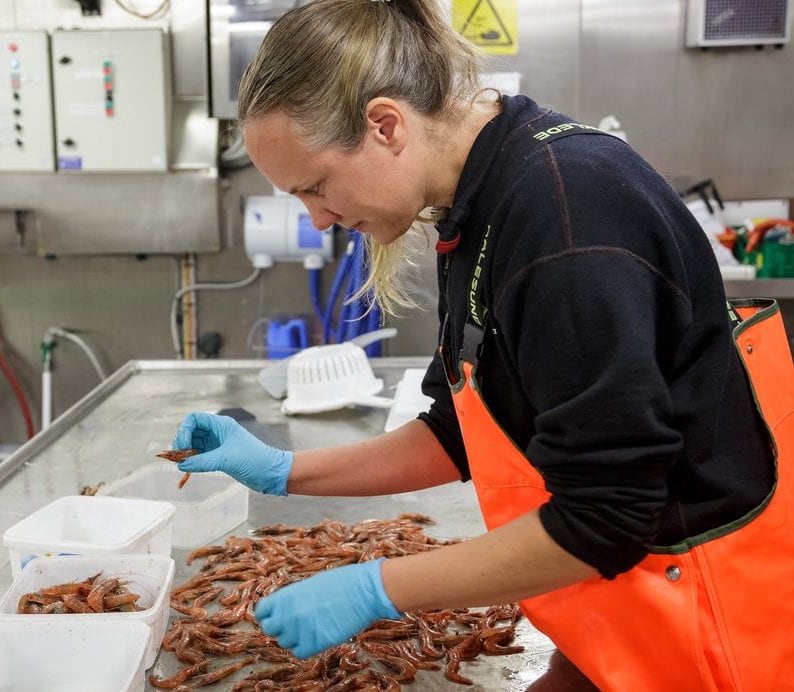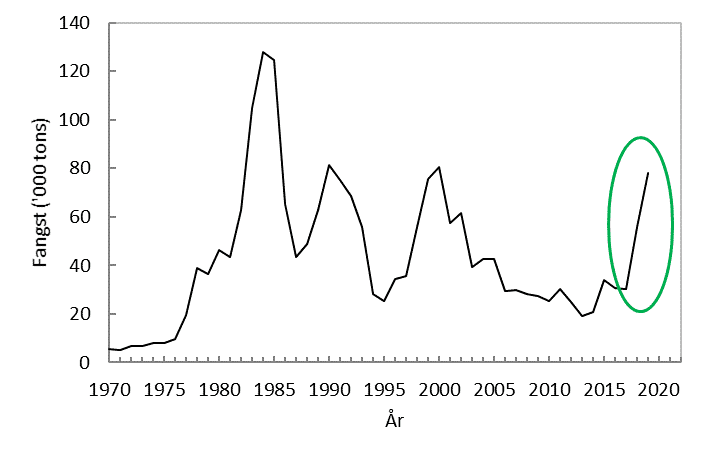ICES has advised that the Barents Sea shrimp fishery should not exceed 150,000 tonnes in 2020, more than double this year’s figure.
‘For 2019, the advice was 70,000 tonnes, so this is a significant increase,’ said at the Carsten Hvingel at the Institute of Marine Research.

An international group of scientists met in Tromsø last month to discuss stock assessment of North Atlantic shrimp stocks, and the results include some good news.
‘While the shrimp population in the Western Atlantic has been declining for a number of years, we see that the population in the Barents Sea is making clear progress,’ Carsten Hvingel said.
‘Since the turn of the millennium, falling shrimp prices and other fisheries have led to shrimp catches falling. But now the shrimp fishery is on the rise again.’
In the past, this had been a fishery in which 90% of the activity was Norwegian, but today Norway and Russia each have roughly a third of the shrimp fishery, which is shared with EU, Greenlandic, Iceland and Faroese vessels as other nations have joined in fishing for shrimp.

According to Carsten Hvingel, catches have been relatively modest over the last ten years, while modelling indicated that catches could have been higher.
‘It was only in 2018 and 2019 that catches picked up, and this has happened at the same time as the stock has increased. Overall, it provides scope for recommending quotas which are in line with what the models indicate is possible to take.’
‘It’s not possible to point to single factors in the ecosystem as a cause of this. We can speculate that fewer cod in the Barents Sea mean that fewer shrimp have ended up inside cod, but at the same time the cod’s preferred food, capelin, is at a low level, which would mean that the cod should eat more shrimp to compensate. So there are no easy answers here,’ he said.
‘The upturn we are seeing right now will probably adjust slightly again in the years to come. We can probably expect that future quota advice will be somewhat lower. But we are seeing a picture of a shrimp population that is doing well and which is fished sustainably.’









